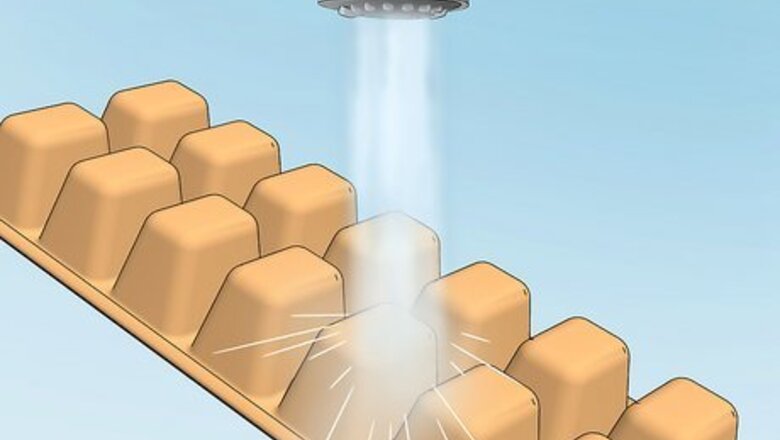
views
Removing Ice Cubes
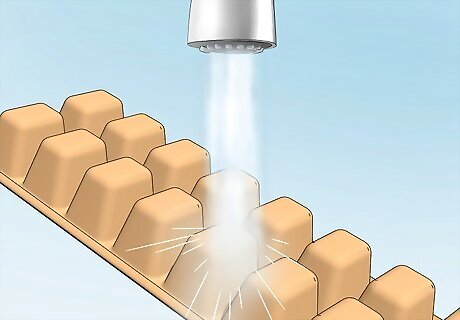
Pour cool water on the bottom of the tray. Regardless of what kind of ice cube tray you're using, it’s always a good idea to start by running some cool water over the underside of the tray. This will help break the seal that’s keeping the ice cubes stuck to the tray material. Don’t use hot or even warm water, otherwise, you might melt the ice. Hold the ice cube tray over the sink and run water from the tap over the bottom of the tray. Place a bowl or colander in the sink under the ice cubes in case any come loose and fall out.
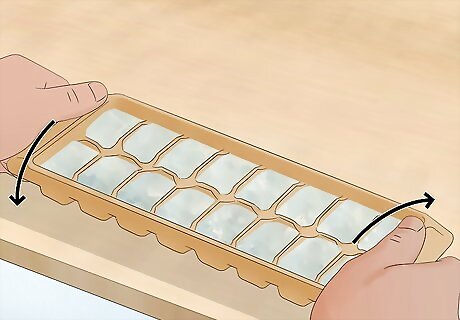
Flex the ends of the tray in opposite directions. Flip the ice cube tray over so it’s right-side up. Hold one end of the tray in either hand and gently twist each end of the tray in opposite directions. With one hand, flex the tray away from you while flexing it toward you with the other hand. Release the flex, then twist the sides in the other direction. Flexing the tray like this allows air to enter between the ice and the tray, which will release the cubes from their pockets. If you have an old metal tray with a lever on it, pull up the lever to shift the metal divisions and release the ice.
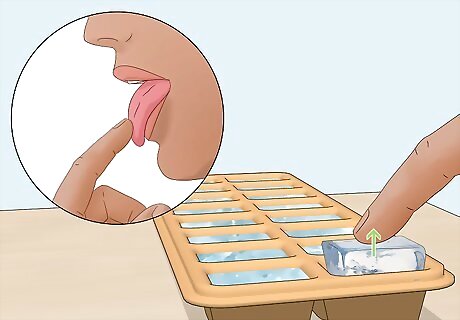
Dip your finger into some warm water and touch an ice cube to lift it out. To remove a single ice cube from the tray, dip the tip of your index finger into a tray of warm water. While it’s still wet, tap your finger onto the ice cube you want. The liquid on your finger will freeze upon contact with the ice and form a bond, so when you lift your finger, the ice cube will easily come out of its pocket attached to your finger. To get the cube off, simply dip the tip of your finger into your drink and allow the bond to melt.
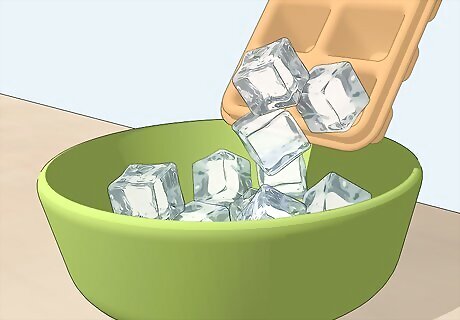
Dump the ice into a bowl. If you want all or some of the ice from the tray and not just a single cube, position the tray over a wide-mouthed bowl. Hold the tray in one hand and use the other hand to cover the ice that you want to remain in the tray, then flip the tray over so the ice falls out into the bowl. If necessary, give the bottom of the tray a quick bang with your hand if some of the cubes are still stuck.
Preventing Ice Cubes from Sticking
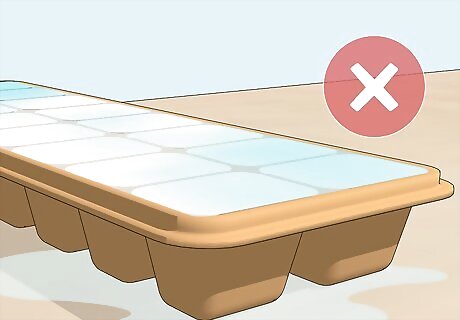
Don’t overfill the tray. Ice cube trays have individual pockets for each ice cube for a reason, and making sure the water stays within the boundary of each pocket will help make your ice cubes easier to get out of the tray when they're frozen. If the water in the ice cube trays is connected, it will freeze as one large block of ice, which will be harder to break up and remove from the tray.
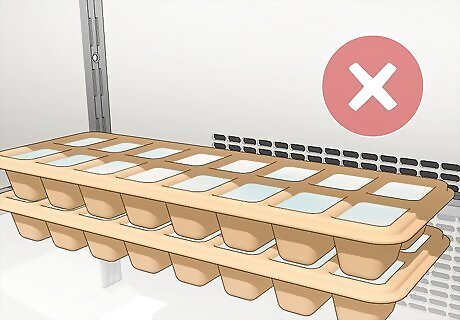
Don’t stack ice cube trays. When you stack ice cube trays on top of one another, cold air from the freezer can't get in between the trays, will causes the ice cubes in the bottom tray to freeze from the bottom up. Because water expands when it freezes, the bottom will then expand into the bottom of the tray, thereby sticking to the tray. If you need multiple batches of ice for a party or special recipe, freeze the ice cube trays one at a time, and then stack them once they're all frozen.
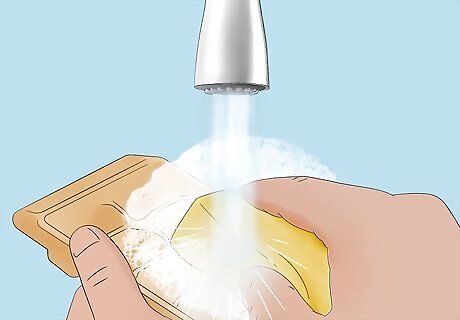
Clean out trays before refilling them. People will often refill a half-full ice cube tray to make sure they have enough ice, but this can cause the ice to stick to the tray. Instead, empty the ice cube tray completely and let it dry out before adding fresh water to make more ice. Once frozen, ice can always be transferred to a sealable plastic bag or freezer-safe container if you need to free up the tray to make more ice.
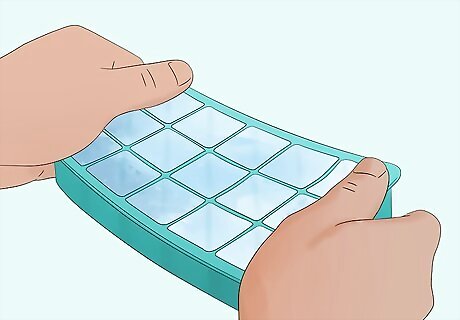
Try a soft silicone tray. While ice cube trays were traditionally made of metal, plastic is now the material of choice. However, some newer ice cube trays are made of a pliable silicone, and these can be great for ice because you can actually poke or pinch the bottom of each ice cube pocket to release it from the tray. To remove ice cubes from a silicone tray, flex both sides of the tray to loosen the cubes. Hold the tray in both hands, and place an index or middle finger under a single ice cube on the bottom of the tray. Push against the bottom of the cube with that finger, and the ice cube will pop out. Grab it with your other hand while still pushing it from the bottom. Silicone trays work best when they are clean and don’t have a cloudy residue inside, so wash them out with hot soapy water and a brush between every filling.

















Comments
0 comment